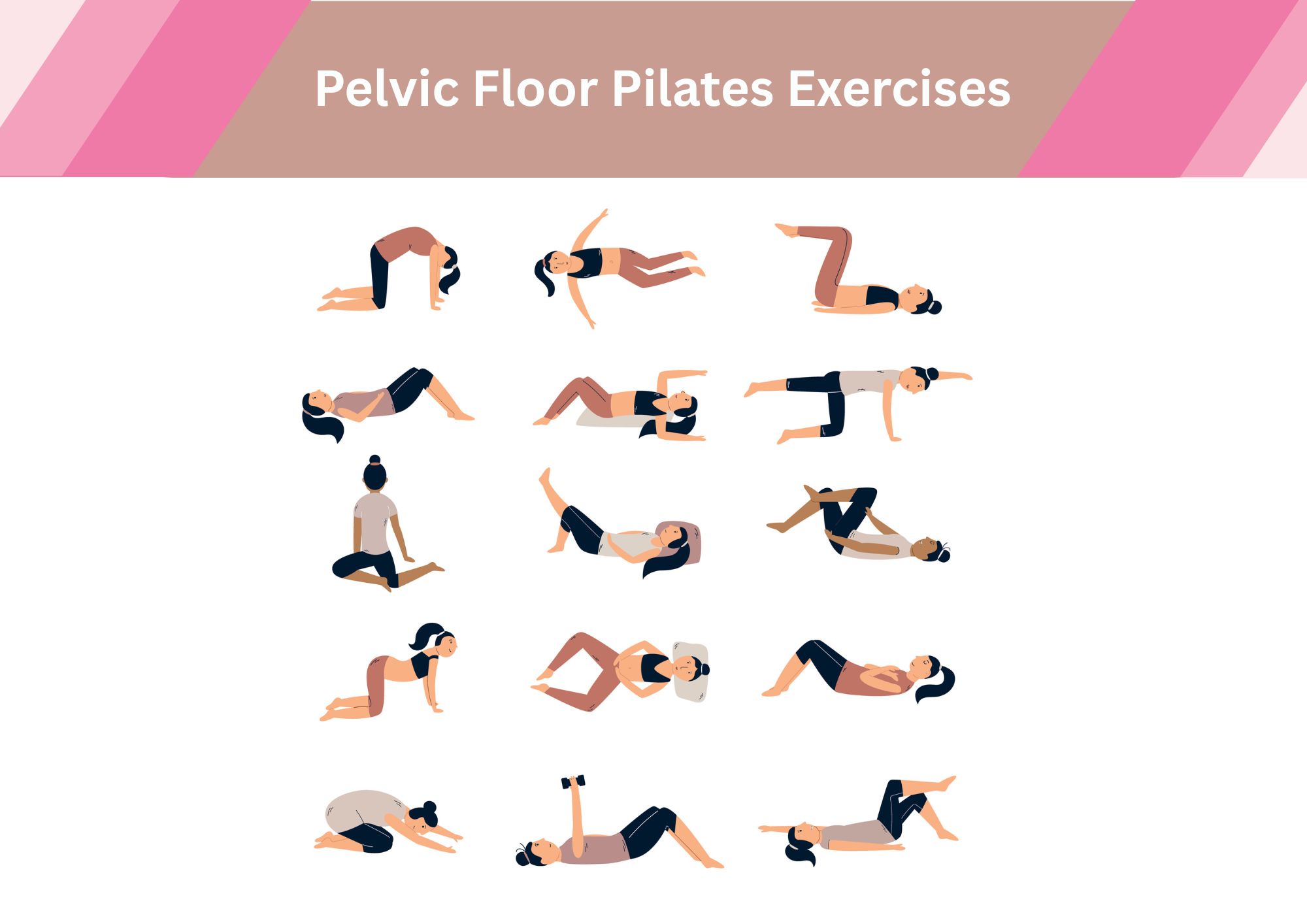Last Updated on 23/06/2025 by Mandy
The pelvic floor is a vital yet often overlooked component of our musculoskeletal system. It functions like a supportive hammock at the base of the pelvis, holding up the internal organs, stabilizing the spine and pelvis, and contributing to continence and sexual health. Weakness or dysfunction in the pelvic floor can lead to a variety of issues including back pain, hip dysfunction, and pelvic organ prolapse.
Swiss ball (also known as stability ball) exercises are an effective and engaging way to target and strengthen the pelvic floor girdle. These exercises not only challenge the deep stabilizers of the core, including the pelvic floor, but also enhance balance, coordination, and muscular endurance.
Why Use a Swiss Ball for Pelvic Floor Exercises?
Swiss balls introduce instability to your workouts, which forces the body to activate the deep stabilizing muscles, including the pelvic floor, transversus abdominis, and multifidus. This makes the ball an excellent tool for functional pelvic floor training that mimics real-life movements.
Key Pelvic Floor Swiss Ball Exercises
Here are several Swiss ball exercises that specifically engage the pelvic floor and girdle muscles, and complement the foundational movements from the Restorative Exercise Institute’s pelvic floor program:
1. Pelvic Tilts on the Ball
-
How to do it: Sit on a Swiss ball with feet flat on the floor, hip-width apart. Slowly tilt the pelvis forward and backward, gently rocking the ball.
-
Focus: Engage the pelvic floor as you tilt backward, and gently release as you tilt forward.
-
Benefit: Enhances awareness and control of the pelvic floor and core connection.
2. Hip Bridge with Feet on the Ball
-
How to do it: Lie on your back, feet placed on the top of the Swiss ball, knees bent. Lift your hips off the ground into a bridge, squeezing the glutes and engaging the pelvic floor.
-
Progression: Extend one leg straight while maintaining pelvic stability.
-
Benefit: Strengthens the glutes, hamstrings, and pelvic stabilizers simultaneously.
3. Ball Squeeze Kegels
-
How to do it: Sit on the ball with a small pilates ball or towel between the knees. Gently squeeze the ball while performing a Kegel (contracting the pelvic floor muscles as if stopping urine flow).
-
Benefit: Builds internal awareness of pelvic floor engagement, encourages co-contraction of inner thighs and deep core.
4. Seated Marching
-
How to do it: Sit tall on the Swiss ball with feet flat. Slowly lift one foot a few inches off the floor, keeping the pelvis stable. Alternate sides.
-
Tip: Engage the pelvic floor before lifting each leg.
-
Benefit: Improves coordination, balance, and activation of pelvic stabilizers.
5. Wall Squat with Swiss Ball
-
How to do it: Place the ball between your lower back and the wall. With feet slightly forward, lower into a squat while maintaining a neutral spine. Engage your pelvic floor as you lower and rise.
-
Benefit: Enhances strength in the glutes, quadriceps, and pelvic floor in a functional standing position.
Supporting Exercises from the Floor
As highlighted in the [Pelvic Floor Exercises 1 Handout on our sister site, foundational stretches such as the Prone Inner Thigh Stretch, Strap Stretch, and Seated “Number 4” Stretch help release tight muscles that can interfere with pelvic alignment and function. Incorporating these alongside Swiss ball exercises creates a comprehensive approach to pelvic floor health.
Tips for Best Results
-
Start slowly: Focus on control and quality of movement, especially when engaging the pelvic floor.
-
Breathe: Avoid holding your breath. Exhale gently as you engage the pelvic floor.
-
Stay consistent: Practice 2–3 times a week and gradually build intensity.
-
Listen to your body: If you’ve had hip replacements or chronic pelvic pain, consult with a physiotherapist before starting new exercises.
Conclusion
Pelvic floor health is more than just doing Kegels—it requires mindful movement, alignment, and integration with the surrounding muscles. Swiss ball exercises provide a dynamic and functional way to enhance pelvic girdle stability, especially when paired with restorative exercises that address flexibility and alignment. Whether you’re recovering from childbirth, managing incontinence, or simply wanting a stronger core, incorporating these exercises into your routine can offer long-term benefits to your posture, performance, and quality of life.
